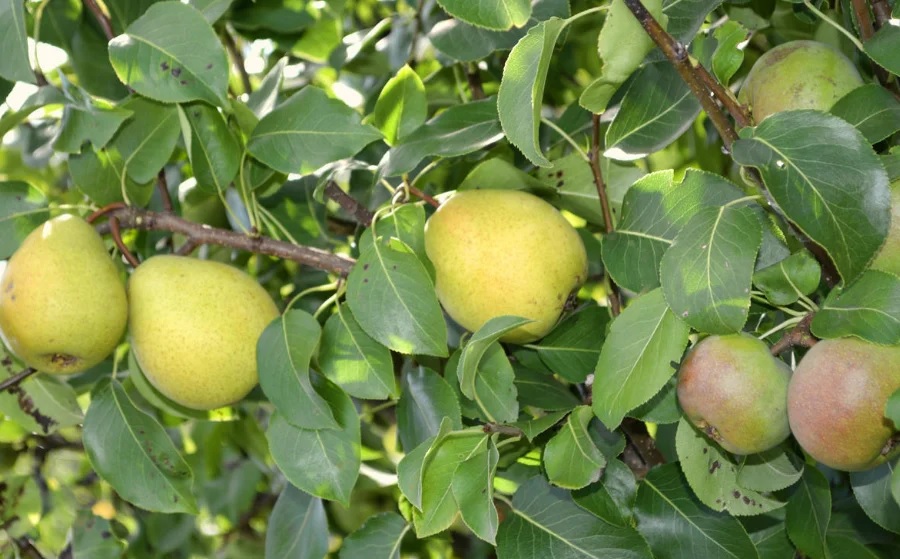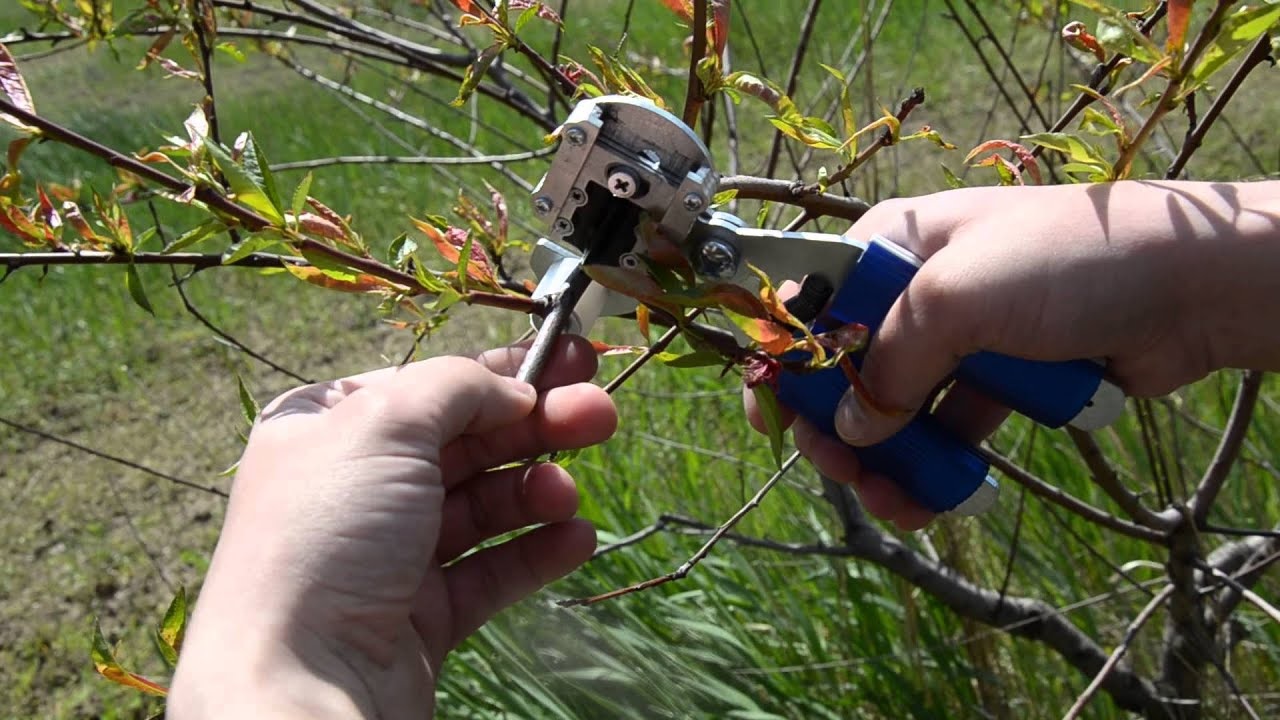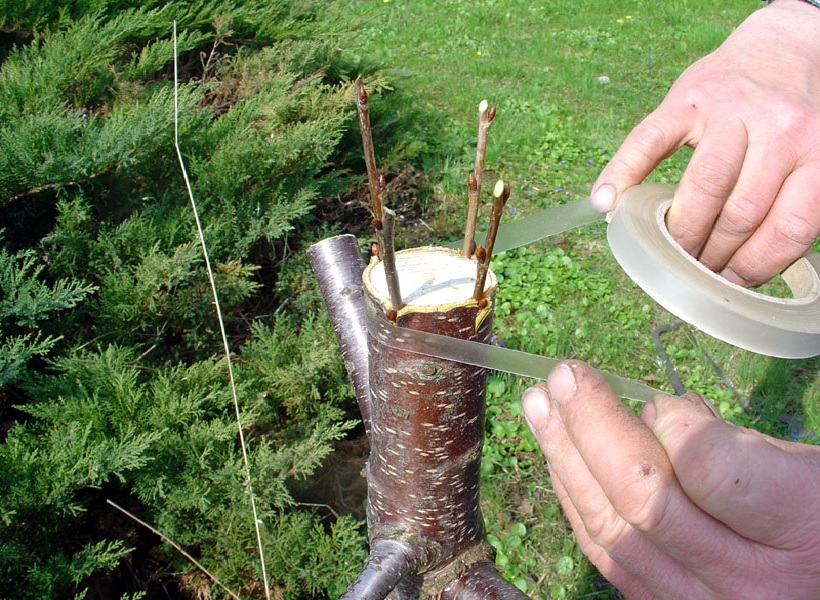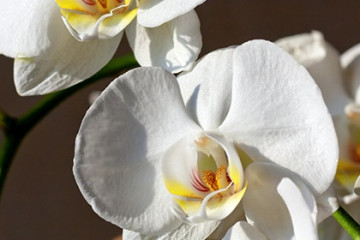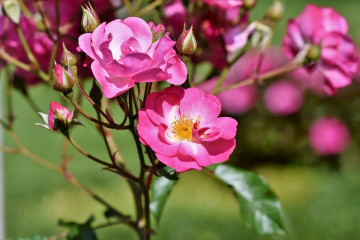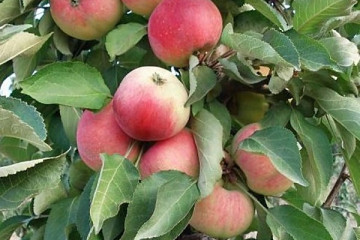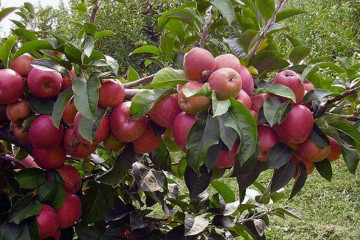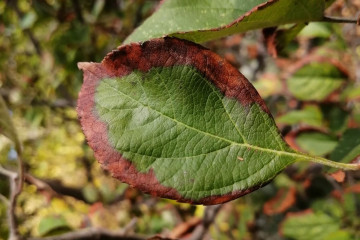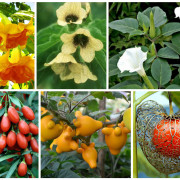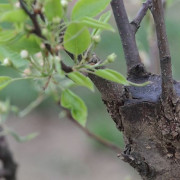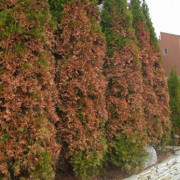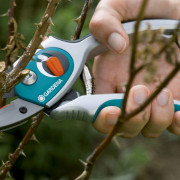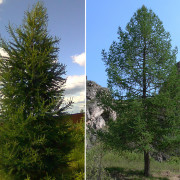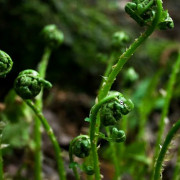Is it possible to plant a pear on an apple tree - features and timing of the procedure
Content:
Pear and apple are related crops, so they can be grafted to each other. This will give a good harvest. But at the same time, the basic rules and technologies must be observed.
A bit of theory: compatibility problems of rootstocks and scions
Pear and apple are pome crops. Subject to the characteristics of the stock, the timing, vaccinations are successful. But there are times when the grafted branch begins to be rejected in the future. This happens due to the incompatibility of the rootstock with the scion.
There are two options for solving this problem:
- In the first case, a young shoot can be inoculated next spring, which appeared on the scion over the summer, on another branch of the same rootstock. The young shoot will already become compatible with the stock, as it grew on its juices. This eliminates the possible risk of rejection.
- In the second version, an intercalary insert is used, which is grafted between the rootstock and the scion, and another link is made.
These methods will help influence the compatibility of the scion with the scion.
Is crossing possible
The procedure is possible. The result is a fruit with an improved flavor.
Key Features
Grafting a pear onto an apple tree is done to achieve the following goals:
- Getting an assortment of fruits.
- Strengthening the immunity of the tree.
- Increase in productivity from one bush.
Carrying out period
There is an opinion that the time of vaccination is not important, it is important that there are developing kidneys. But many people prefer to carry out the procedure in the spring.
Spring procedure
In the spring, the procedure is done until the moment the juices start moving. During this period, the bark is well separated. Due to this, the survival rate is almost always 100%. It should be fully completed by the time of flowering.
Cuttings need to be harvested from November, store them in a damp place at a temperature of 4 degrees.
Summer crossing
Vaccinations can also be done in the summer. The optimal months for this are June and July. But experienced gardeners do not recommend waiting until the end of summer.
The grafted stalk must be carefully protected from the sun's rays with a special cover. In September, the top leaves need to be pinched.
Vaccination in winter and autumn
Crossbreeding can be carried out in the fall, but at this time of the year the risk of death of the scion increases due to night frosts and sudden temperature changes.
Vaccination technology
There are several types of vaccinations. The choice depends on the season and the characteristics of the trees.
Grafting secateurs
This method is based on the use of a special pruner that looks like a garden shear. When using them, you do not need to make adjustments. The scion and rootstock sections will match each other.This method makes it possible to carry out a large number of vaccinations.
Budding
Budding is considered a good way. It is based on eye grafting. It must be done starting from July 10, the latest date is the beginning of August. The procedure can be carried out in two ways:
- sleeping eye;
- germinating.
Cuttings for crossing must be freshly harvested.
Bark grafting
This is one of the easiest ways. It must be held from April to May. During this period, the juices move, the bark of the stock is perfectly separated from the wood. To begin with, the preparation of the selected rootstock must be completed.
The walkthrough includes the following steps:
- The saw cut is cut. The thickness of the stock should be about 4 cm, on a trunk thicker than 2 cm it is best to plant 2 cuttings at once.
- A vertical incision of 4 cm is made on the bark. The edges of the bark are gently bent to the sides with a knife.
- On the graft, the scion, which has three buds, is incised an oblique cut, its length should be equal to three diameters of the graft.
- The stalk is inserted into the resulting incision with a cut to the core, but the 2 mm cut must remain open to accelerate the fusion process.
Open sections are coated with pitch and protected with grafting tape.
Copulation
The procedure for grafting cuttings with developed buds is called copulation. It is produced both in spring and summer. The cutting should be taken when the growth of this year is already 20 cm.
On cuttings with the same diameter, cuts are made at 30 degrees. Cuttings are applied to each other with cut surfaces.
Improved copulation
More reliable grafting method, but requires matching cuttings diameters. For the procedure, you need to make oblique cuts on the stock and cuttings. The cut size should be between 3 and 4 mm. In the opposite direction, a 2 mm thick tongue is cut. It should run in the same plane.
Slices with languages are aligned. The junction is wrapped with grafting tape, the scion stalk is cut into 3 buds. The upper part of the cut must be covered with garden varnish.
Cleavage grafting
This method is considered universal. It can be used for crossing both the same grafts and rootstocks of different thickness. The procedure is carried out in the spring, when the plant has not yet entered the vegetation phase. For pear trees, this time starts from the beginning of April.
Stock preparation consists in removing dirt and old bark from the branches. Next, the following actions are performed:
- A thin wild game is cut at a distance of 10 cm from the ground. The cut must be cleaned with a knife.
- The rootstock is cut along the diameter line, the cut depth is equal to 3 rootstock diameters.
- A wedge made of wood is placed in the slot.
- Next, the scion is prepared. It should already be a one-year-old stalk. He should have kidneys above the junction. The lower part is cut into a wedge. The length of the cut is made as three crossbars.
The stalk must be inserted into the split, combining the cambium layers of the scion and rootstock. A thin line should remain above the cleft. The junction is wrapped with grafting tape.
Side slice grafting
If you need to correct a one-sided crown, a side cut procedure is suitable. Thanks to this method, it is possible to ensure a strong bond between the scion and rootstock. Also, in this way, you can form the direction of growth of branches.
Bridge grafting
The bridge method is used in case of ring bark damage on a tree. This method is used in winter if the trunk is damaged by mice. The lower and upper parts of the bark are connected by grafting several cuttings.
Grafting on a columnar apple tree
Many gardeners are wondering if it is possible to plant a pear on a columnar apple tree. But in practice, this is a method that does not bring the desired result. Vaccination can only work if you pick up a columnar pear.
Vaccination for wild
Favorable vaccinations will be on a wild apple tree that has grown in the forest. But in general, this method is rarely used.
Frequent mistakes
One of the most common mistakes gardeners make during vaccinations is failure to comply with the timing of the procedure. Dangerous and too late and very early crossing. If it was done in early spring, and there are still frosts at night, then the plant will die. The same will happen for seedlings in late autumn. They will not have time to take root before the onset of frost.
Gardening tips
For a successful vaccination, it is recommended to follow the advice of experienced gardeners:
- For both the scion and the rootstock, you need to choose only healthy trees, otherwise the entire mother tree may die.
- If you want to plant several varieties at once on one apple tree, you need to correctly calculate the ripening time. The difference between them should not be more than six months.
- The grafting must be done very quickly so that bacteria cannot infect the tree.
If you comply with all the necessary requirements for the methods of vaccination, you can achieve the desired result. Reproduction methods by grafting will improve the palatability of the fruit and increase yields.
